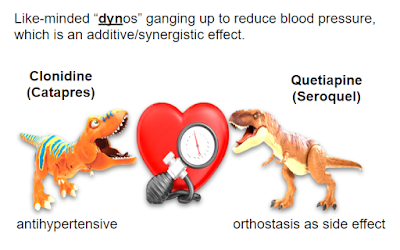Induction of Cytochrome P450 enzymes

Excerpt from Cafer's Psychopharmacology , available soon from Amazon ENZYME IN D UCTION The opposite of in H ibition is in D uction . In D uction occurs when an in D ucer stimulates the liver to produce extra enzymes, leading to enhanced metabolism and quicker clearance of victim drugs. More often than not, an inducer is itself a substrate of the enzyme. The D is for D own, i.e., D ecreased serum concentrations of victim substrates. Unlike in H ibition ( H for H urried), in D uction is D elayed, not taking full effect for 2 to 4 weeks while we... wait for the liver to ramp up enzyme production. In D ucers will be depicted by: THE SHREDDERS The “shredders” are four strong in D ucers of several CYPs, which cause countless chemicals to be quickly expelled from the body: carb amazepine (Tegretol) – antiepileptic pheno barb ital (Luminal) – barb iturat phenytoin (Dilantin) – antiepilepti rifampin (Rifadin) – antimicrobial Dr. Jonathan Heldt refers to the shredders as “Carb &



